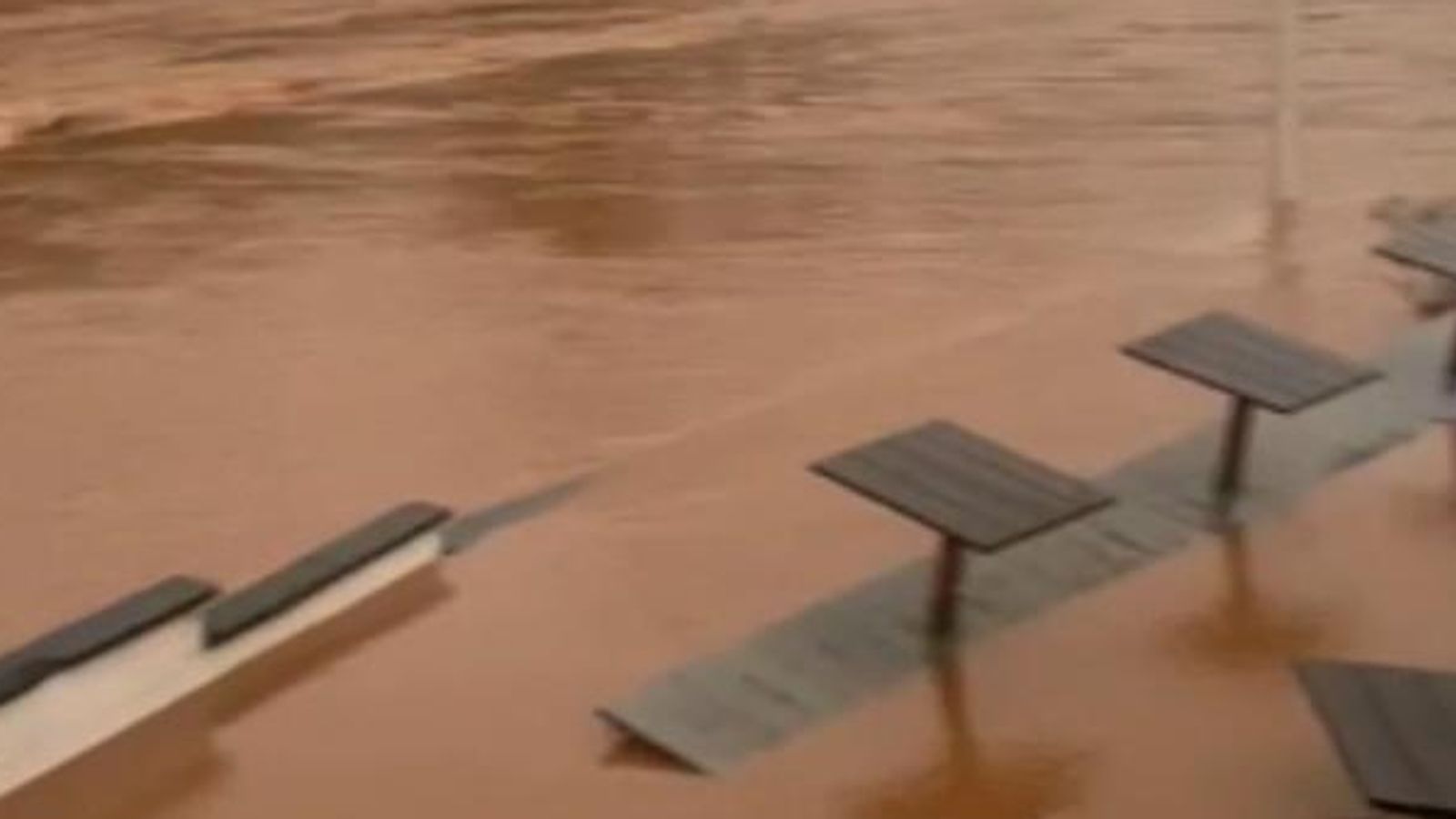I am expecting a better than average chance of snow and cold episodes due to somewhat elevated blocking potential, and this will apply to all segments of winter. I don't foresee a blockbuster top ten sort of outcome (even 2009-10 was barely close to that anyway) but it could be a "reasonable" winter like perhaps 2011-12 was, with one or two memorable spells.
No doubt in this climate regime there are bound to be some milder spells in the mix so I would not be looking for CET values much better than 0.5 to 1.0 below recent normals or around 1961-1990 normals. I have the feeling that many would settle for this given the generally poor performance of many recent winters.
One factor that encourages me is the type of El Nino expected, which has similarities to 2009-10. Another factor is that most if not all regions of North America look set for a mild Pacific-dominated winter, which can be correlated with European cold (on the principle that it cannot be above normal in all regions of the hemisphere at the same time). Interior western regions of NA could see persistent high pressure leading to inversion cold locally.
Another encouraging factor is that July was cool, and a third significant index is a high lunar declination range (near its peak of 29 deg) which is correlated with blocking and high amplitude ridge-trough formations (Bryson, 1950; Lamb, 1975, as cited in Lamb's work, verified in my research).
In terms of actual spells of weather, I would be looking for best blocking potential around full moons (when lunar declination is in its highest range of values). Of course you could get on the wrong side of a block and see it turning very mild, but with any luck some colder blocking patterns will emerge around full moons which occur near the ends of each month in winter 2023-24. The actual northern declination max will be after full moon in Nov, concurrent in Dec, and earlier in Jan-Feb. A particularly stormy signal would be associated with the opposite end of this lunar declination cycle, new moons around 10th to mid-months.
Let's revisit this in April, but I would expect the verdict on winter 2023-24 to be, a mixture of all sorts of weather patterns with a better than average performance for cold and snow. Parts of Scotland could be very cold in this pattern as the storm track will often be closer to southern England. I would expect Wales, midlands and East Anglia to do well for snowfall, as well as onshore flow into Yorkshire and northeast England.
A caveat would be that any heavy falls of snow are likely to melt rapidly leading to elevated flood potential, also I would not be surprised if there were heavy rainfalls with some events, also leading to flood potential.
Ireland may be closer to frontal boundaries in general and could see a lot of mixed precip zones and foggy, cool spells that may be more sunny or clear further east.
The outcome I would least expect would be anticyclonic and dry as we saw in some recent winter months but that could develop in late February or march as the declination peaks move away from tidal peaks and induce a lower energy multi-cycle regime.










